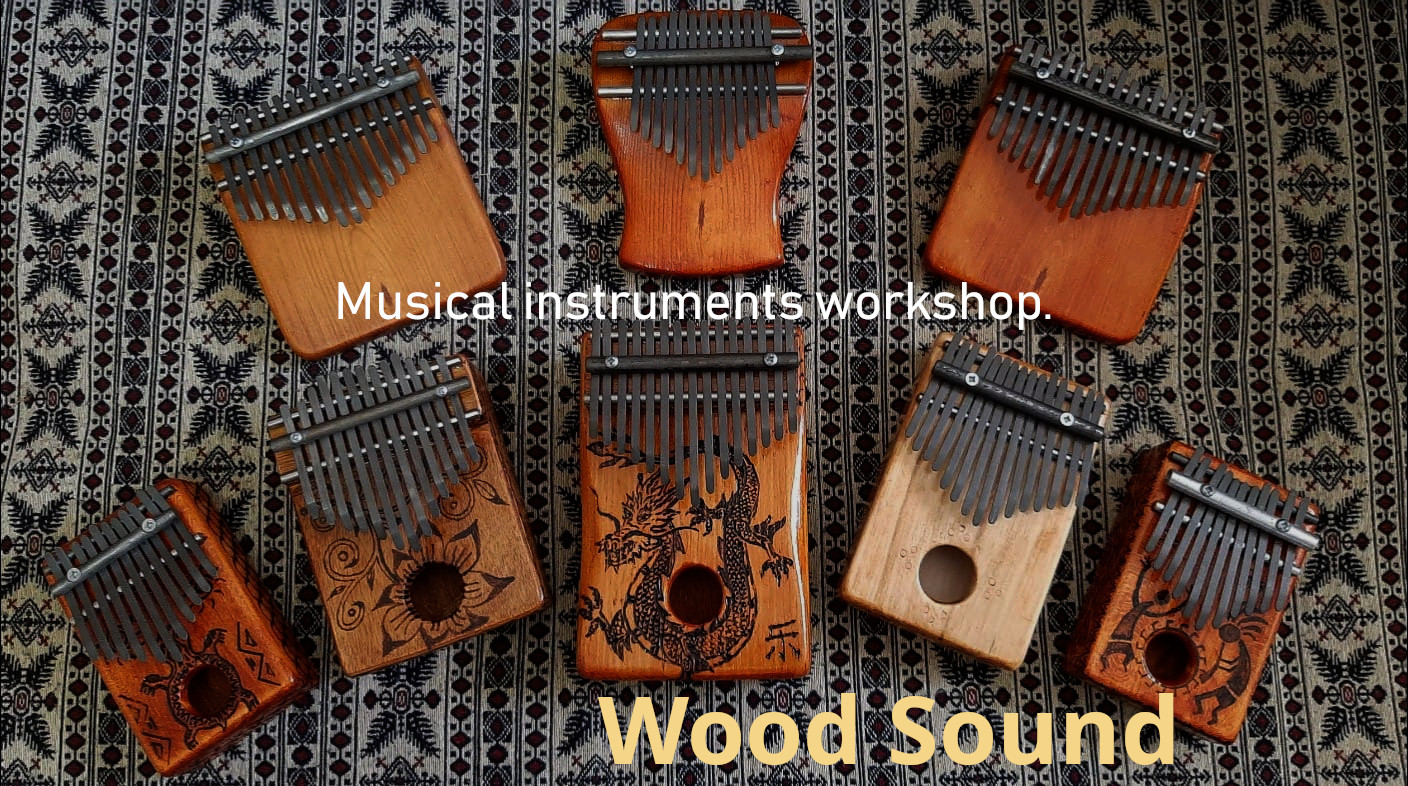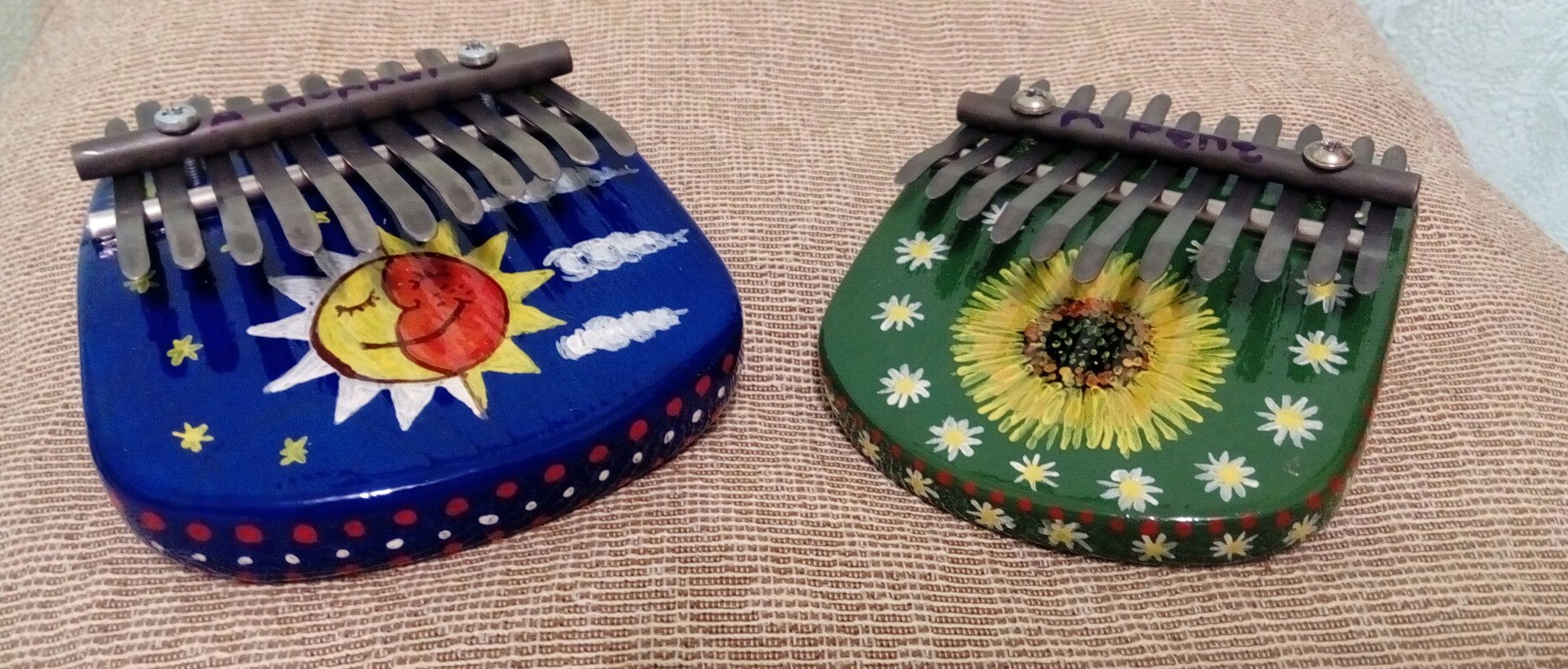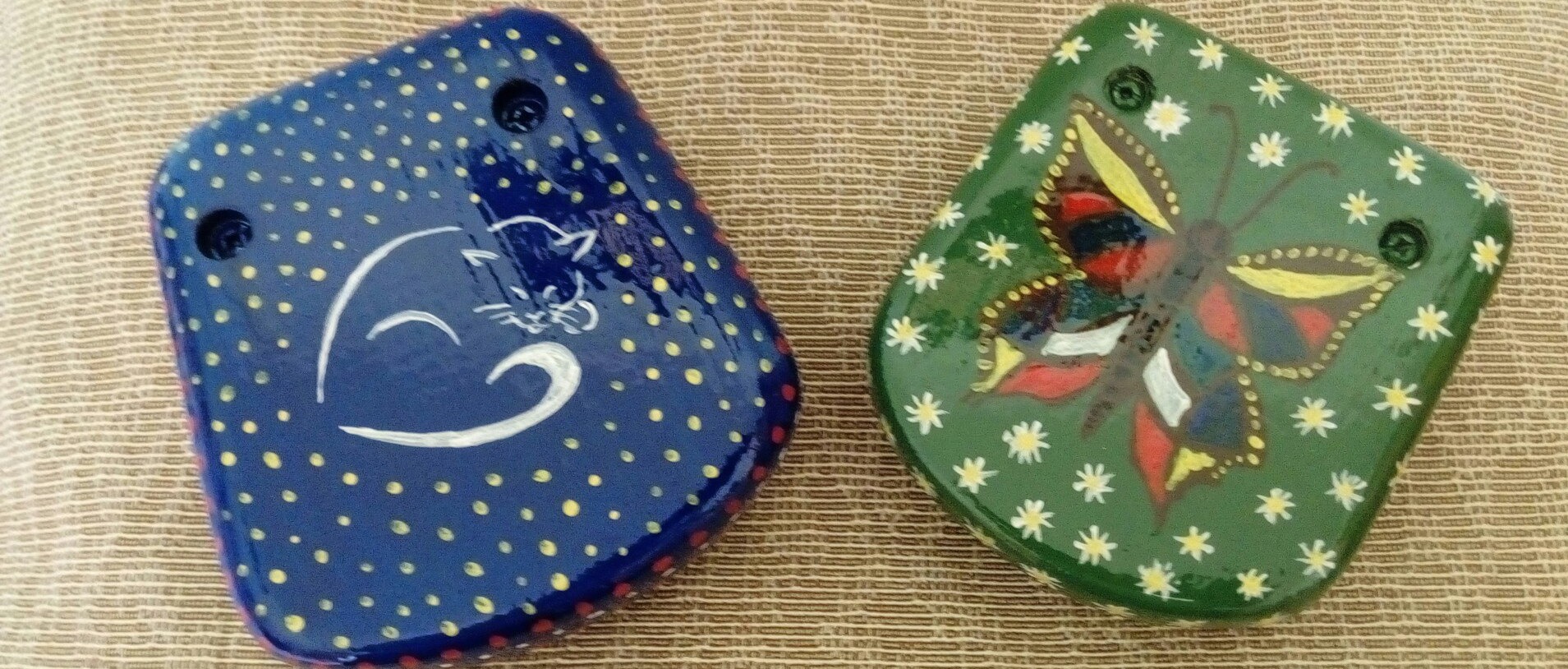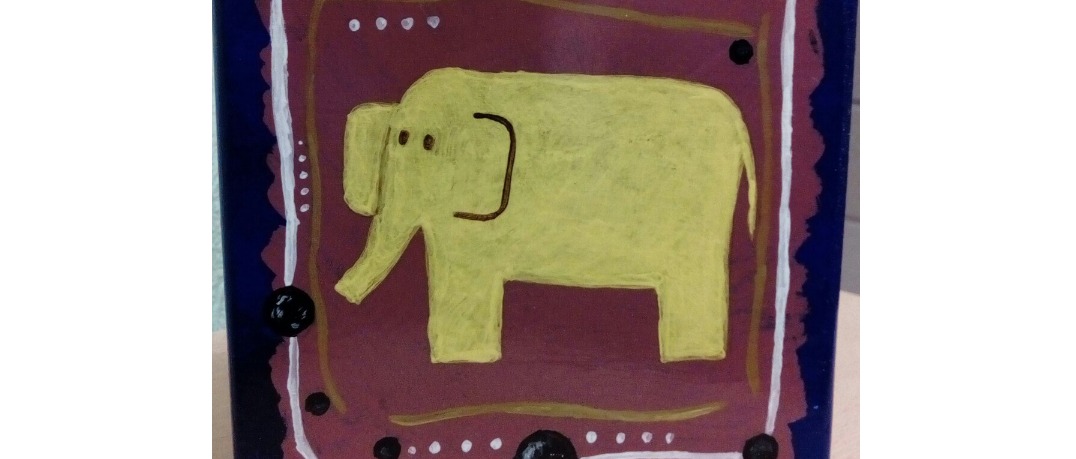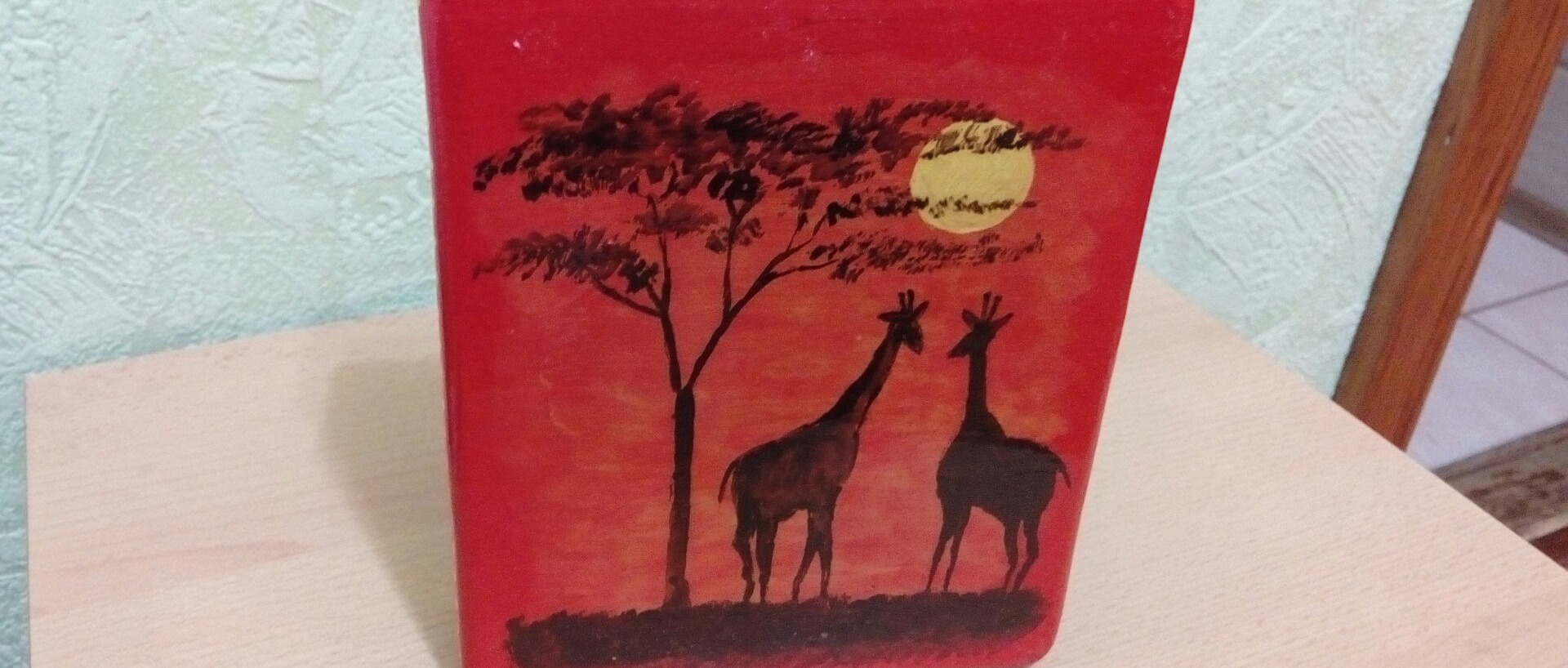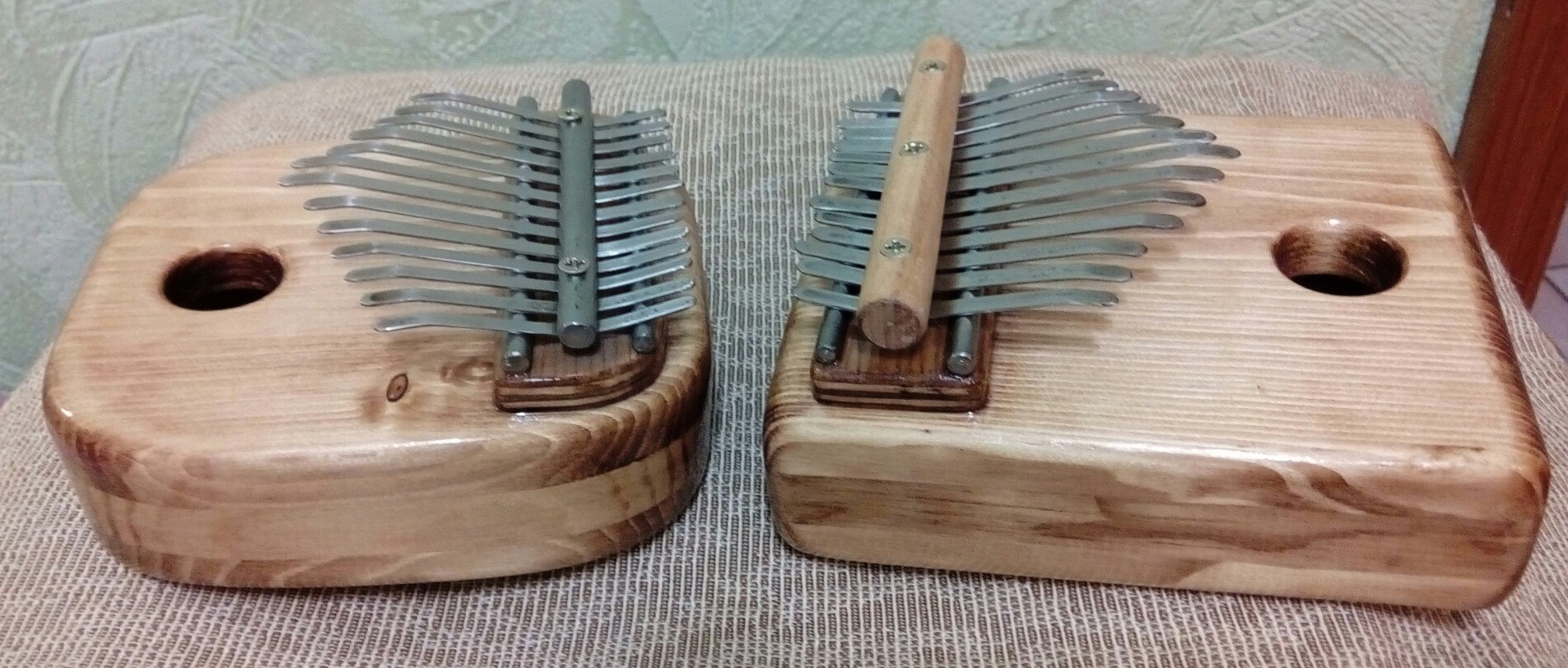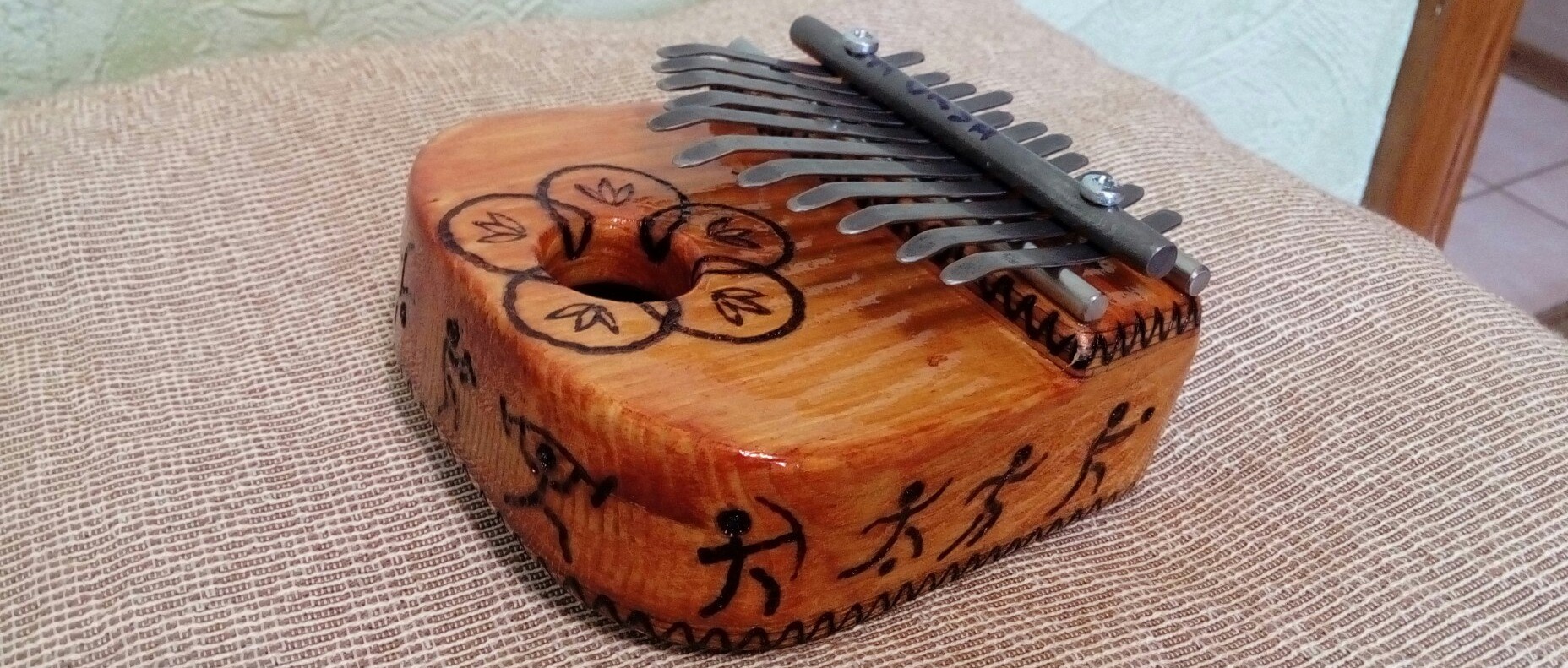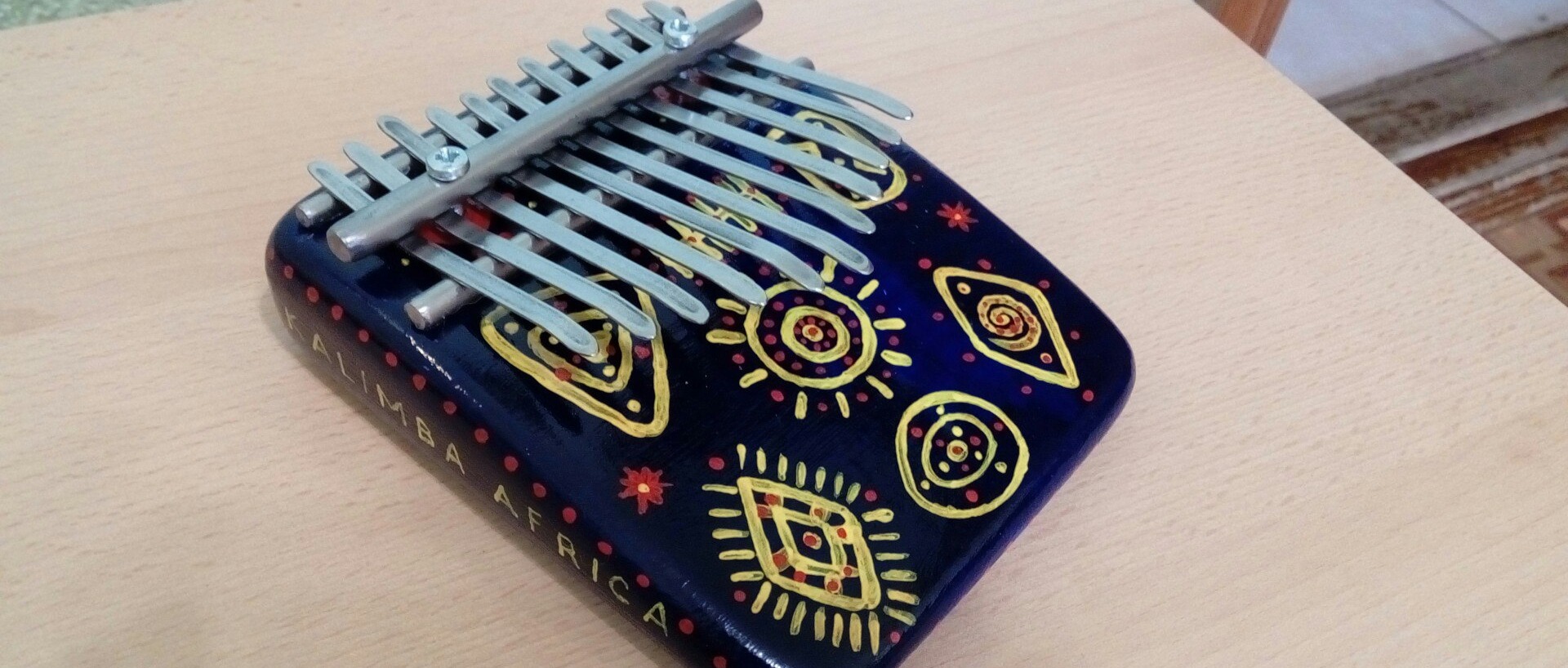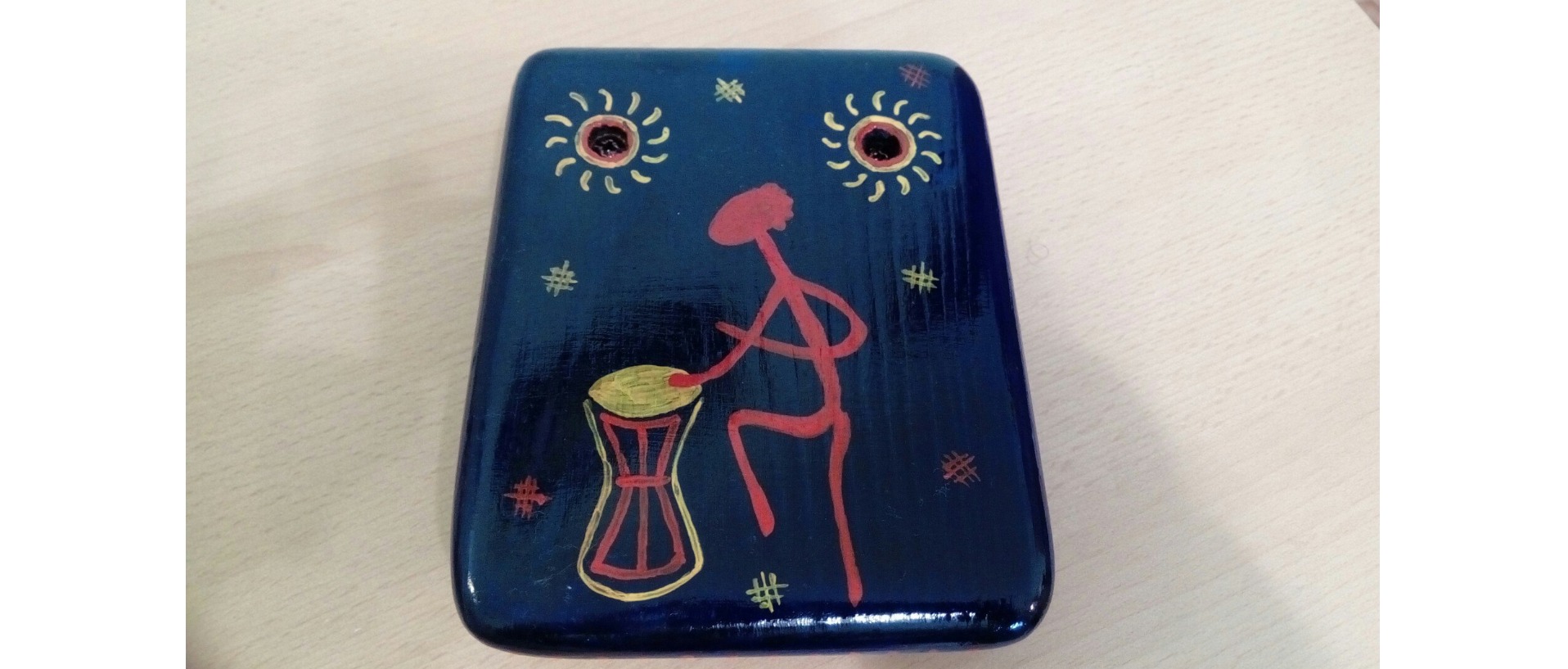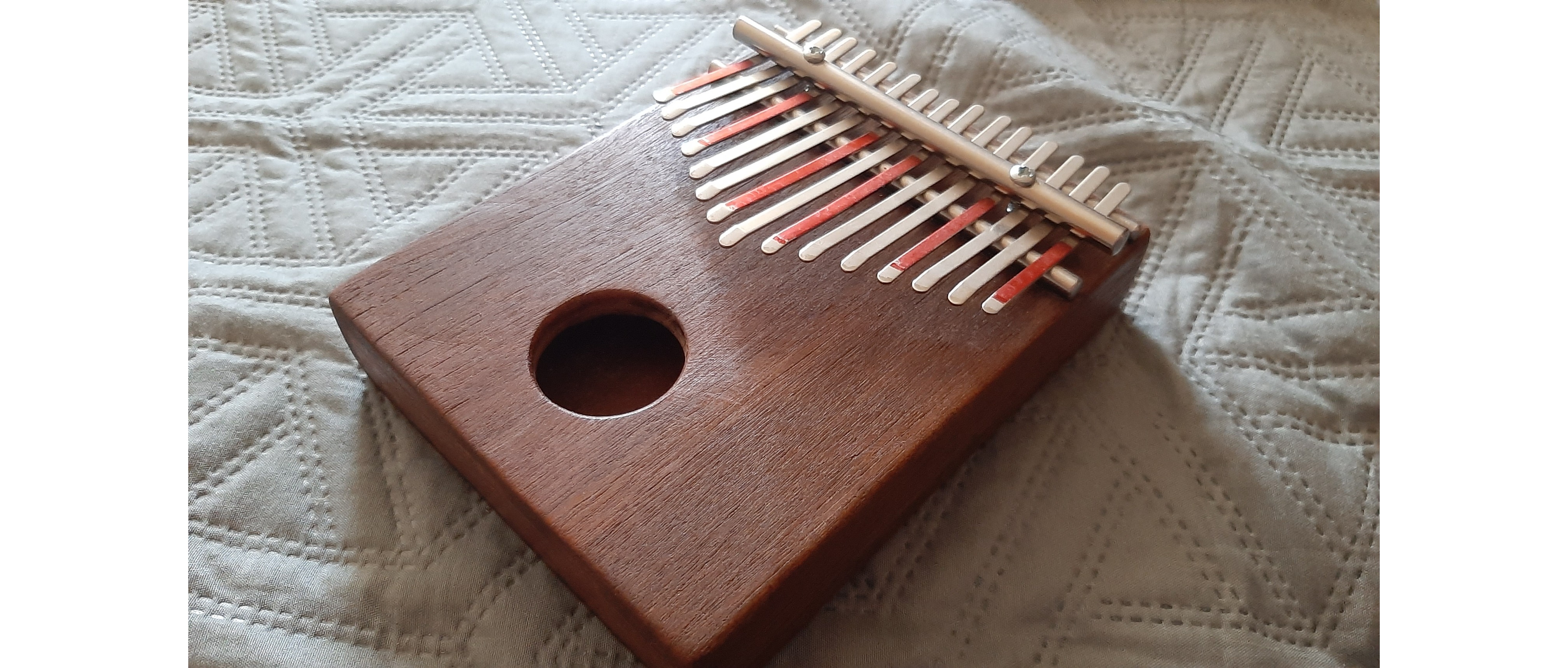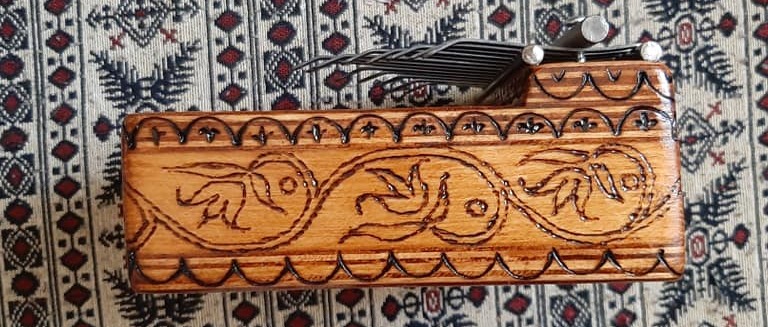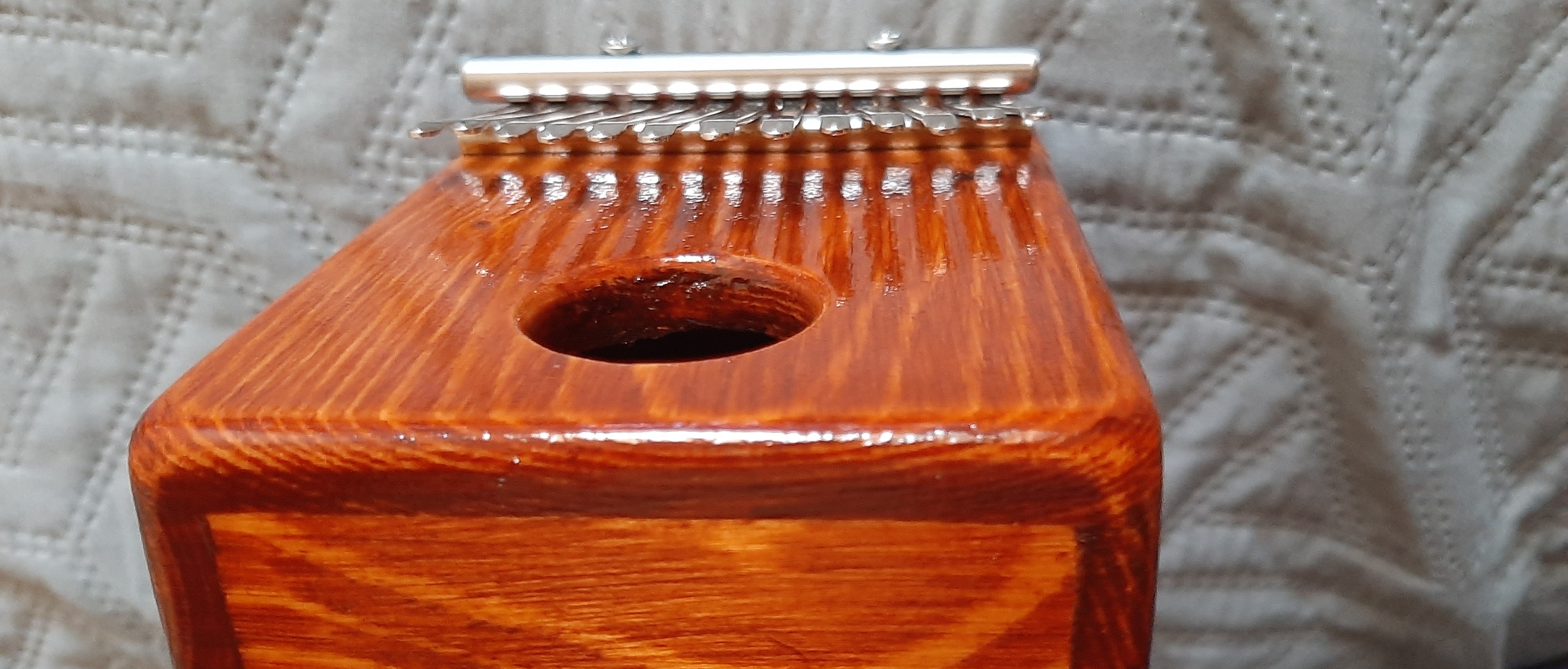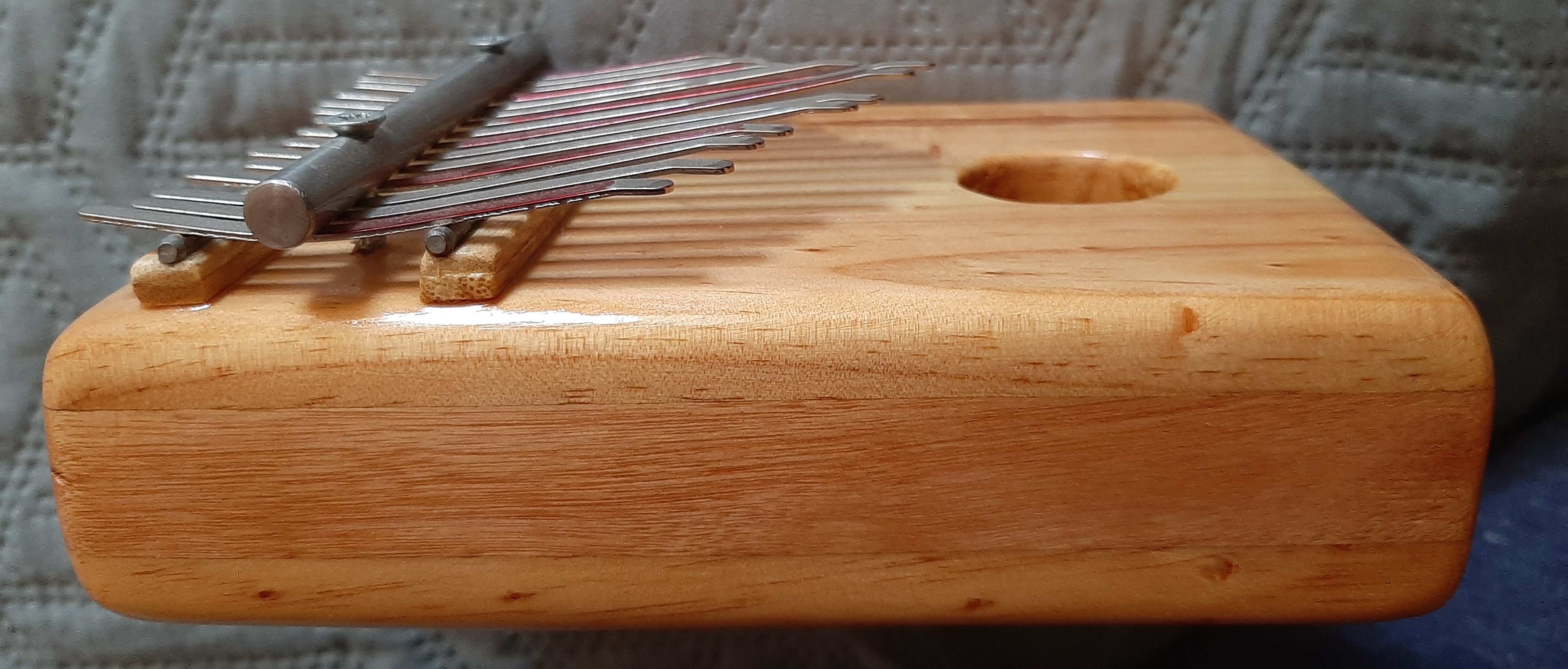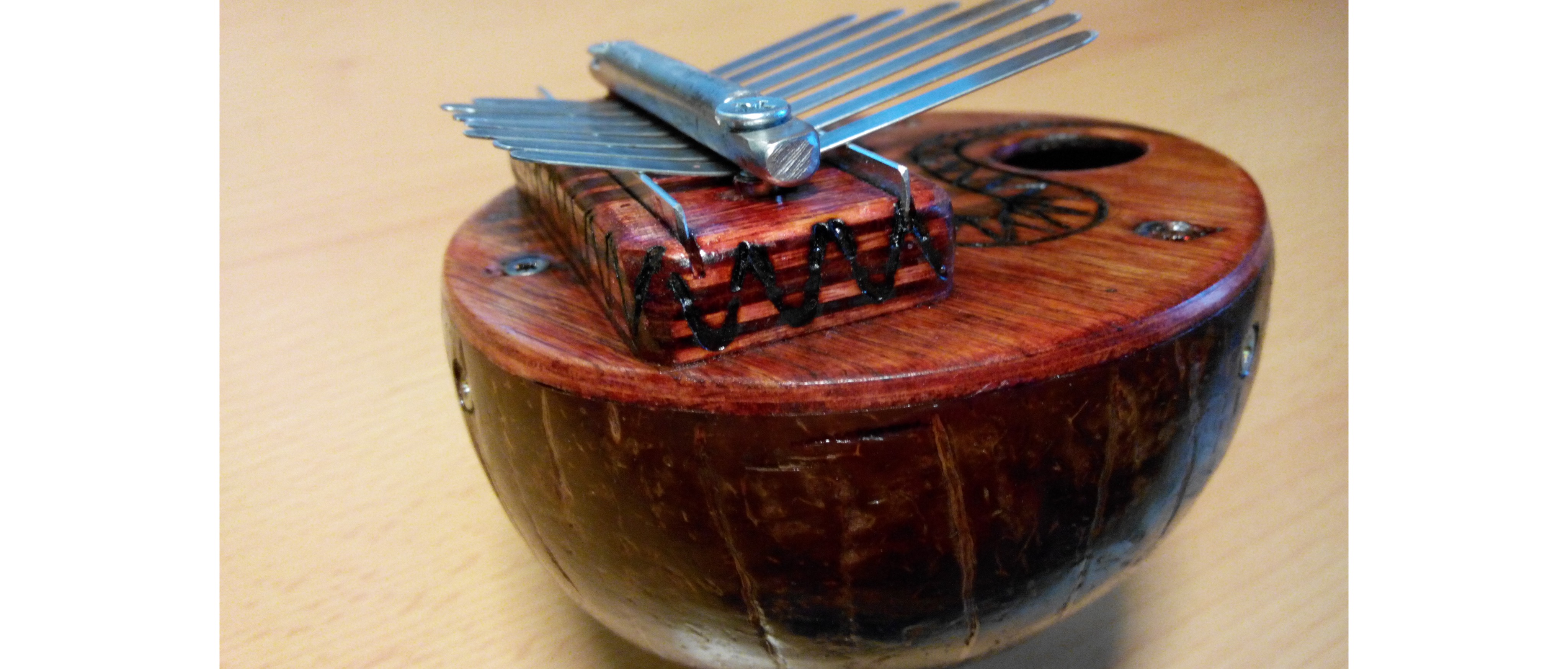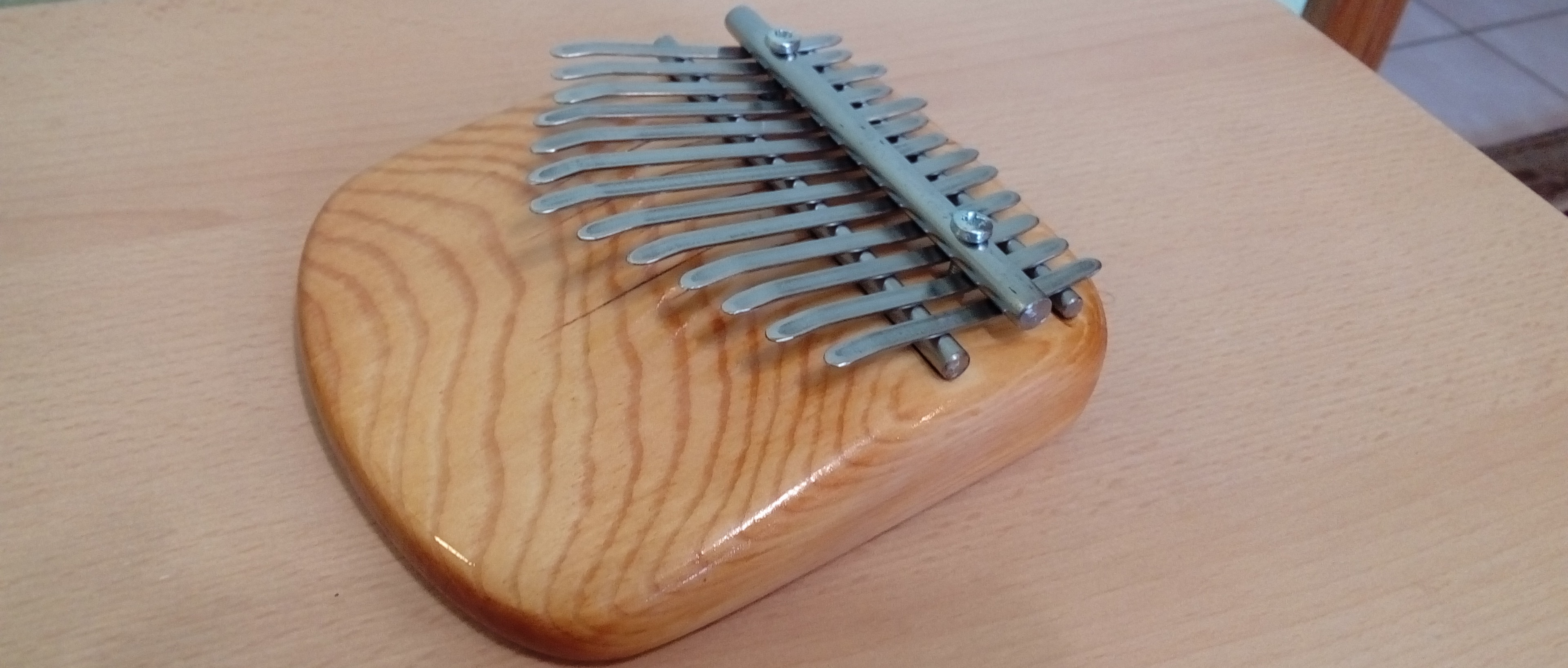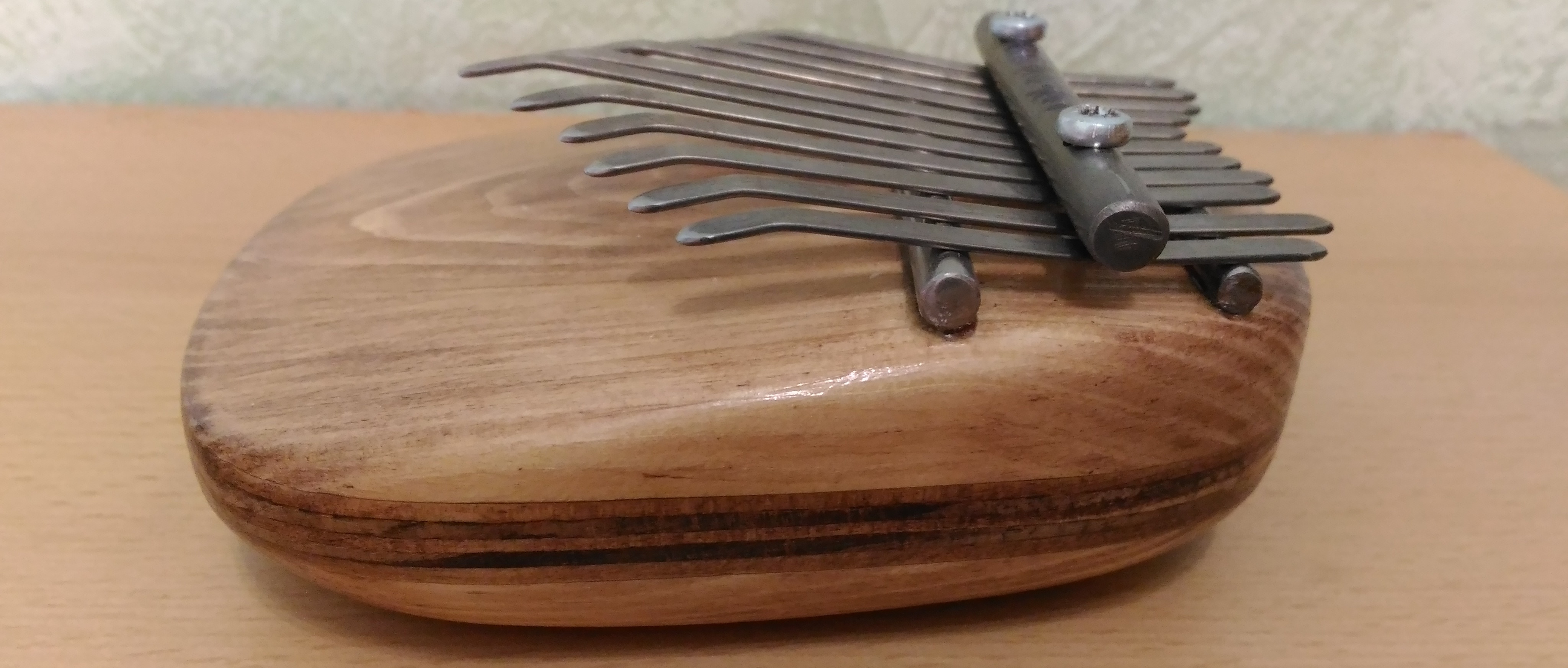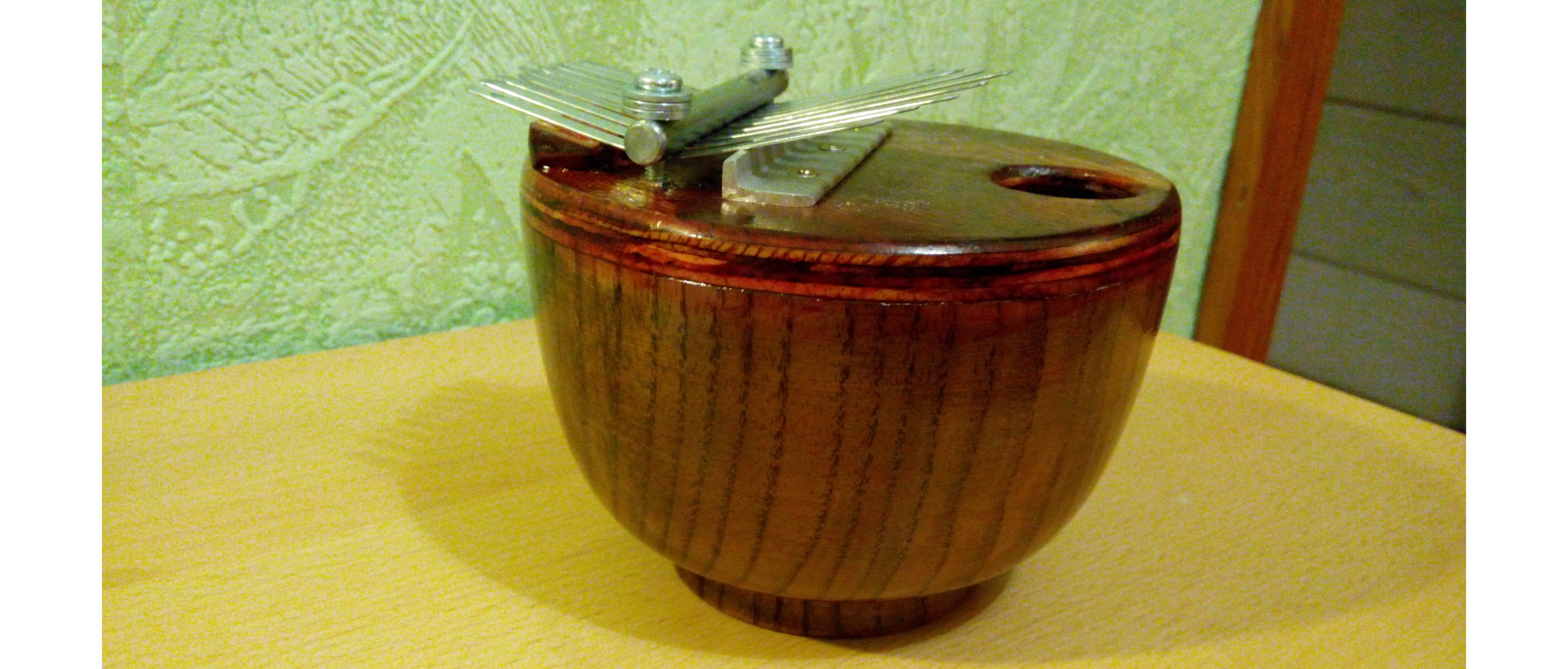


Kalimba 11 tines Akebono "C"

Kalimba 13 lamels Hijaz "C"

Kalimba Shiraz "G" 15 keys

Kalimba Alto 15 keys.

Kalimba box 15 keys "G-Hokkaido"
About workshop.
A kalimba, also known as a thumb piano or mbira, is a musical instrument that originated in Africa. It consists of a wooden or metal soundboard or resonator with metal or wooden tines or keys attached to it. The keys are plucked with the thumbs or fingers to produce musical notes.
The kalimba is typically played by holding it in both hands and plucking the keys with the thumbs or fingers. Each key produces a different pitch, and by plucking different combinations of keys, melodies and harmonies can be created.
The instrument has a long history in Africa, with variations found in different cultures across the continent. It has gained popularity worldwide and is now enjoyed by musicians and enthusiasts of various musical genres.
When plucked with the thumbs or fingers, these tines produce beautiful melodic tones that can transport you to another world.
My journey into the world of kalimba-making began with a deep fascination for this unique instrument. I was captivated by its simplicity and versatility, and I wanted to explore the art of crafting these beautiful instruments myself. From studying the intricate designs to experimenting with various materials, each step of the process became a gateway to a new realm of creativity.
One of the aspects that I adore about making kalimbas is the opportunity to select and work with different types of wood. The choice of wood not only affects the aesthetic appeal but also influences the tone and resonance of the instrument. Each piece of wood has its own character, allowing me to create kalimbas with distinct personalities and sounds.
The meticulous process of shaping the body, carving the tines, and carefully tuning each key requires patience and precision. It's a labor of love that demands attention to detail, but the rewards are truly remarkable. There is a profound sense of satisfaction that comes from seeing a raw piece of wood transform into a harmonious instrument that can bring joy to others.
Moreover, crafting kalimbas is an avenue for self-expression. I have the freedom to experiment with different designs, explore alternative tunings, and incorporate artistic elements that resonate with my own sensibilities. It's a deeply personal journey that allows me to infuse a piece of myself into every instrument I create.
Beyond the act of making, sharing my kalimbas with others has been an incredibly gratifying experience. Witnessing the delight and enchantment on someone's face as they pluck the keys and create their own melodies is truly magical. It's a reminder of the power of music to connect people and evoke emotions that words cannot capture.
Sometimes it's a shame to see how wood is used for utilitarian purposes. I believe that the direct service of wood as a part of all living things is to be an object that adorns our everyday life. I'm trying to give a second chance to wood from pallets, boxes and fences, and show how nondescript at first glance, wood can reproduce amazing sounds and delight people around.
In conclusion, my hobby of making kalimbas has become a passion that enriches my life in numerous ways. It is a journey of craftsmanship, creativity, and connection. Whether it's through the process of creation or the joy of sharing, the kalimba has become an instrument that not only produces beautiful music but also weaves together the threads of my own narrative.
I encourage you, dear reader, to discover your own passion and immerse yourself in the joy it brings. May you find fulfillment and happiness in the pursuit of your dreams, just as I have found in the art of making kalimbas.
With warmest regards,
Alex.
